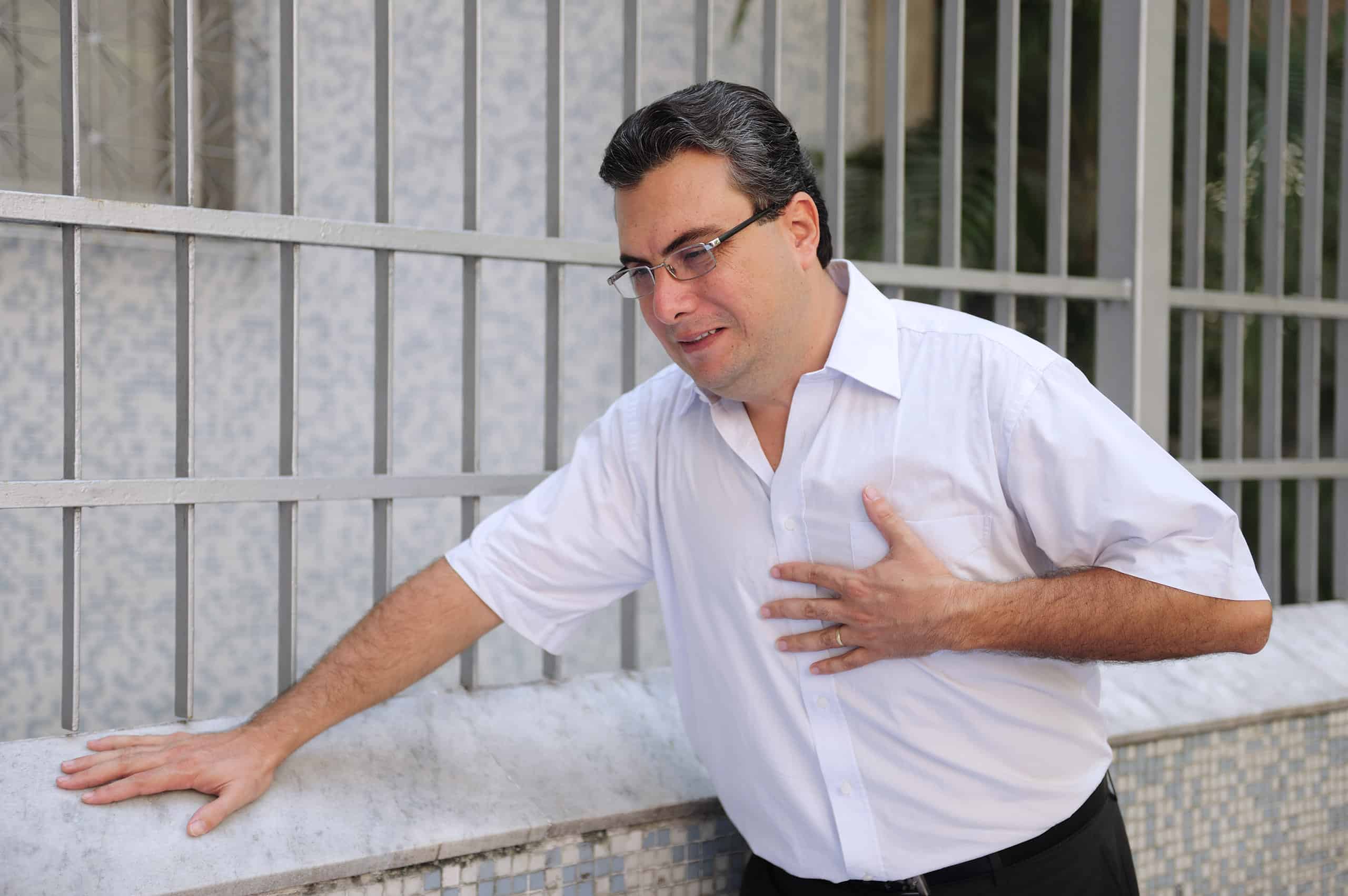The Number One Cause of Death
Cardiovascular disease is the number one leading cause of deaths in the world. According to American Heart Association, 17.3 million people die due to heart disease. This figure is expected to be more than 23.6 million by the year 2030. We will examine the causes, diagnosis, and treatment of heart attacks and discuss how diet and fitness can be utilized to prevent future attacks.
What is the Difference Between a Heart Attack and Cardiac Arrest?
Often, people confuse a heart attack with cardiac arrest. Although related, the two are different conditions. A heart attack occurs after the coronary artery is blocked and prevents necessary blood and oxygen from reaching parts of the heart. These parts begin to die as a result. Cardiac arrest occurs suddenly and usually without any warning. It is the product of an electrical malfunction which makes the heart stop beating unexpectedly. A heart attack increases the risk of having a cardiac arrest.
Causes of Heart Attack
Coronary Heart Disease
Coronary Heart Disease is the most common cause of heart attacks. CHD occurs when the coronary arteries that are responsible for bringing oxygenated blood to the heart are blocked or clogged. Blocking takes place when cholesterol deposits, also referred to as plaques, build up inside the arteries. The process usually takes place over a couple of years. The plaque eventually ruptures leading to a blood clot which, if it becomes large enough, blocks blood from flowing to the heart. If not treated promptly, portions of the heart begin to die, and scar tissue replaces healthy heart tissue.
Coronary Artery Spasm
Coronary artery spasms are less common causes of heart attacks. A spasm is a severe tightening of the coronary artery. The tightening interrupts blood flow to the heart. It is not yet clear what causes these spasms, but it could be related to substance abuse, emotional stress or exposure to extreme cold.
Hypoxia
Hypoxia is lack of enough oxygen in the blood. It is a less common cause of heart attacks, too. Levels of oxygen in the blood may decrease due to carbon monoxide poisoning or malfunctioning in the lungs. If the heart doesn’t receive enough oxygenated blood, its muscles may get damaged thus triggering a heart attack.
What are the Symptoms of Heart Attack?
Identifying early signs of an impending heart attack is crucial for prompt treatment. Heart attacks usually start slowly, and their symptoms will vary from one individual to another. They may include;
- Chest Pain – Most heart attack patients experience discomfort in their chest which manifests as pressure, fullness, squeezing or pain. The pain usually lasts a couple of minutes and may disappear and come back. It may spread to the neck, back, shoulders or head and is one of the most common symptoms of heart attack in both genders.
- Shortness of Breath – You may experience difficulty in breathing, which is a medical condition referred to as dyspnea. It may occur with chest pain or without chest pain.
- Nausea – a less common symptom of heart attacks. Sometimes it is accompanied by burping or belching. Severe nausea may lead to vomiting. This symptom is more common in women than men.
- Feeling tired for no reason
- Lightheadedness or dizziness
- Sweating
- Heartburn and indigestion
- Upper body discomfort
How Are Heart Attacks Diagnosed?
A doctor will inquire about your medical history and that of your family before carrying out any tests. They may also do a physical exam and a host of other tests and procedures which may include:
- Electrocardiogram (ECG) – The procedure records the heart’s electrical signals. It monitors its rate and rhythm and assists the doctor in detecting any irregularities in the rhythm and structure. ECG is performed when you’re exercising or during rest.
- Blood Tests – The doctor may use blood tests to measure the extent of the heart damage. When the cells of the heart are injured, they release cardiac enzymes into the bloodstream. Measuring the level of these enzymes will help determine the extent of the damage.
- Chest x-ray – To take a look at the inner structure of the heart, blood vessels and lungs, a chest x-ray is beneficial. This imaging reveals any anomalies and disorders that could be CHD related.
- Echocardiography – Defined as the use of sound waves and echo to create images of the heart, Echocardiography reveals details about the shape and size of the heart. Echo can detect heart muscle injury, poor blood flow and unusual contractions.
- Stress Test – Stress testing uses rigorous exercises or medication to raise your heart rate. The doctor then performs tests to check how your heart is responding to the demand for more blood and oxygen.
How Can You Prevent Future Heart Attacks?
A healthy lifestyle means a healthy life. Living a healthy lifestyle will not only help in preventing a heart attack but also accelerate the recovery process. Studies have revealed that eating healthy foods and exercising lowers the risk of getting a heart attack significantly. Eating anti-inflammatory foods and healthy fats reduces inflammation thus decreasing the risk of CHD. Such foods include:
- Fruits
- Vegetables
- Legumes and beans
- Herbs and spices like raw garlic and turmeric
- Red wine
- Green tea or white tea
Regular exercises also help prevent heart attacks by improving blood flow, providing cells with more oxygen, controlling blood sugar levels and managing hormones. Other home remedies may include stress reduction, quitting smoking, drinking in moderation and maintaining a healthy weight.
What is the Treatment for Heart Attack?
Treatment for a heart attack should commence as soon as possible. How quick the response is could mean life or death. That’s the reason why treatment should begin even before getting to the hospital. The most important thing is to restore the flow of blood, and it can be done using aspirin, Nitroglycerin and oxygen therapy. After the diagnosis is confirmed, the doctor may commence the following treatments:
- Medication – this may include pain relievers, thrombolytics, antiplatelet agents, beta-blockers, and ACE inhibitors.
- Coronary angioplasty and stenting – a long tube is inserted into the artery to unblock and restore blood flow.
- Coronary artery bypass surgery – it involves creating a new route for the blood by sewing vessels to bypass the blocked section.
Final Thoughts
You don’t have to wait for a heart attack to react. You can take preventive measures by eating healthy and exercising regularly. If you detect the symptoms outlined above or you suspect that you are going through a heart attack, you should seek medical treatment almost immediately. Every minute counts. The longer you wait, the greater the extent of the damage.
You can learn how heart attack in women is different in our blog.
Reference:
- American Heart Association





